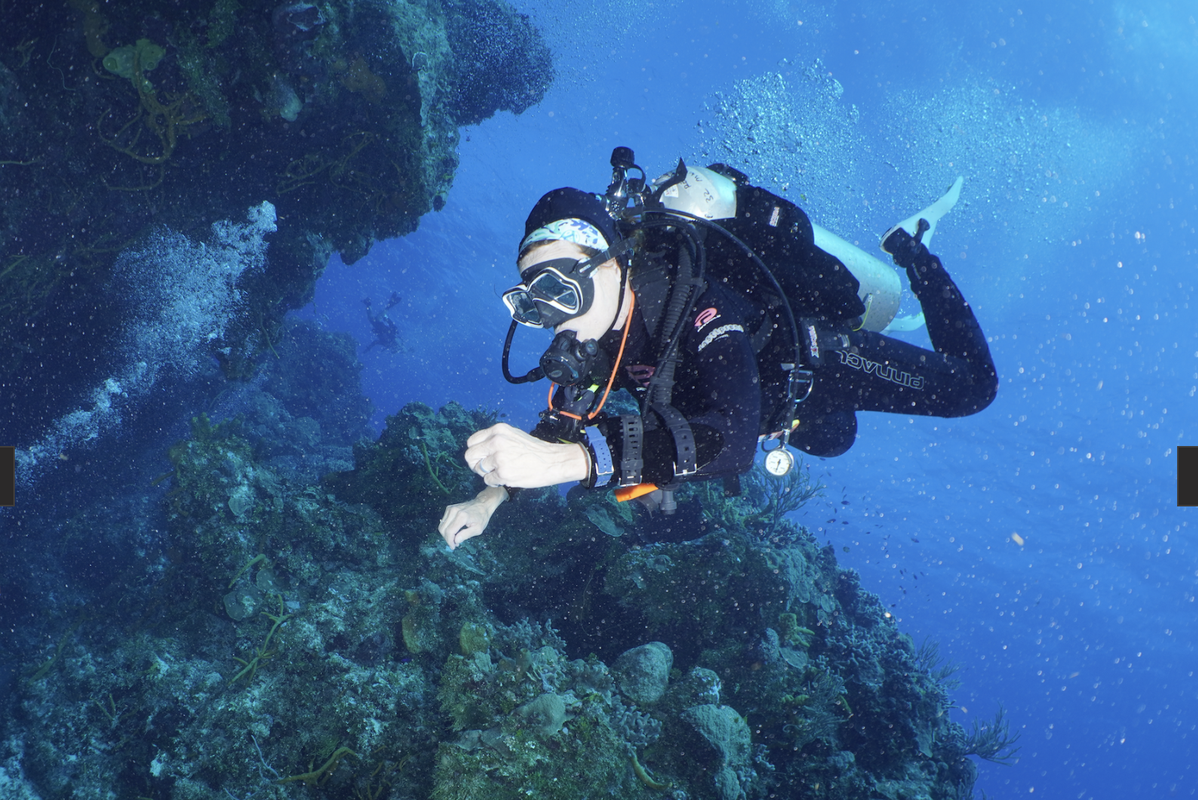I don't know which agencies you're referring to, but I'm a GUE diver and I've never heard that I always need to be in horizontal trim. On the contrary, I've been taught to adjust my trim to the surroundings. Flat trim is, however, my preferred way of descending, ascending and swimming around for the simple reason that it's a flexible and stable platform, and it makes a lot of things easier - including giving a smaller surface area to the current.
In warm, gin clear water with a single tank and a wetsuit, do whatever is more fun. For my local cold water dives with 1-3 foot visibility in the shallows, drysuit and heavy undergarments, double tanks – I like to be able to be in a stable position, face to face with my buddy or team, so we can keep together during the descent whether there is a line or we're dropping blind. With doubles I'm plenty heavy enough to drop quickly if I want to at the start of the dive. Being head down and swimming is wasting energy, sends all the air in my drysuit to the feet, and makes it harder to both keep track of buddies and scout the bottom contours when they come into view. Ascending horizontally is a no-brainer as it is more stable and easier to control the ascent rate, while again keeping close visual contact with your team in low viz.




